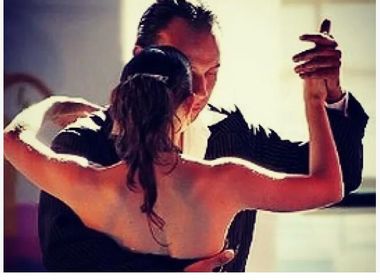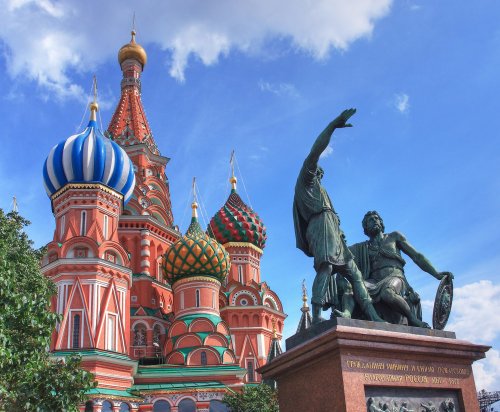
Don't you think that “you and only you” defines the essence of dance? Remember when you started dancing? How old were you? A yard, a house with a gramophone in the open window, a dance floor where adults waltz (for a 6-7 year old, 16-17 year olds were adults!)… And such music! “Rio Rita,” “Champagne Splashes,” “Amur Waves,” Tsfasman's foxtrots… And for me, dancing is also associated with Suvorov cadets. In a movie from my distant childhood (I think it was “Scarlet Epaulettes”), the students of the Suvorov Military School dance at a ball (not at a dance, but at a ball!) with girls. They were 11 or 12 years old. The manner of the invitation, the ability to dance (let alone the formal attire) evoked envy. A good envy – I wanted to dance and carry myself like that.
Where I got my first lessons was probably in the yard. But when the Austrian film “Golden Symphony” came out, featuring rock 'n' roll dancing on ice, my bosom friend Vova Polyakov and I started training (at home, of course). And somehow we were able to replicate the basic moves. We even managed to throw a partner across the floor between our legs. Of course, it was a far cry from real rock 'n' roll, but on a local scale, it was interesting.
I remember the Chelyabinsk Philharmonic giving concerts preceded by dances. I was 15 or 16 years old. It was the height of the dandyism movement. Those dandies in sea-green skinny pants, beige jackets, and slicked-back hair (à la Elvis Presley)—how elegant they seemed back then! I loved the way they led their partners in the dance: not at a distance, but gently hugging them. Their right arm wasn't on their partner's waist, but rather encircled their entire back, at shoulder blade level. (This was actually quite enjoyable for both, as later practice showed. However, the first attempt was a failure—the partner pulled away and said, “I can't do that!”)
I'm not a fanatical dancer: I'm a bad one. I danced occasionally, but sometimes it was truly memorable: at my school graduation, I waltzed until the early hours with the same partner, Allochka Mikhlina.
The older you get, the harder it is to get going and get going. But sometimes it works! Age itself imposes limitations, and then – where to go? There are various dance clubs, but there's no company, no people to introduce you. Besides, these clubs are mostly populated by natives, and communicating with them is difficult – language skills are limited. And so – thanks to the Tel Aviv Municipality, it has been holding dance festivals for several years now: every Saturday in July and August, an open space near the opera house is dedicated to dancers.
We come there not only to warm up but also to watch professional performances. First, they're on stage, then they come down to the audience—everyone can dance a little with them. Sometimes they teach us something new. Sometimes musicians give a concert. That's what happened at the end of August: a guitar trio, singers, and dancers. The program is Latin American music and songs, Spanish dances. It's exciting, fantastic!
Chairs were set up in the square, the audience was seated, and there were platforms along the edges—and amateurs, true amateurs, didn't miss the opportunity to dance. And how! The couple was older (probably closer to 70), and the things they did! The antics he pulled off! He even threw it between his legs! Their stamina was like that of young people; they danced for an hour without a break!
So what is dance, and why does the love of dancing endure for so long? Let me quote a lengthy article from the website “Krugosvet”: “DANCE is rhythmic, expressive body movements, usually arranged in a specific composition and performed with musical accompaniment. Dance is perhaps the most ancient of the arts: it reflects the human need, dating back to the earliest times, to convey to others their joy or sorrow through their bodies.”
Well, let's say expressing grief through dance is a theatrical pursuit. In everyday life, dance is, on the one hand, a desire to present oneself to one's partner in the best possible light (not just physically), and on the other, a desire to release the energy generated by dance music. I'm not talking about the nutritional and therapeutic properties of dance—those are present too. It's enough that a dancing person is a joyful person! Dance!





